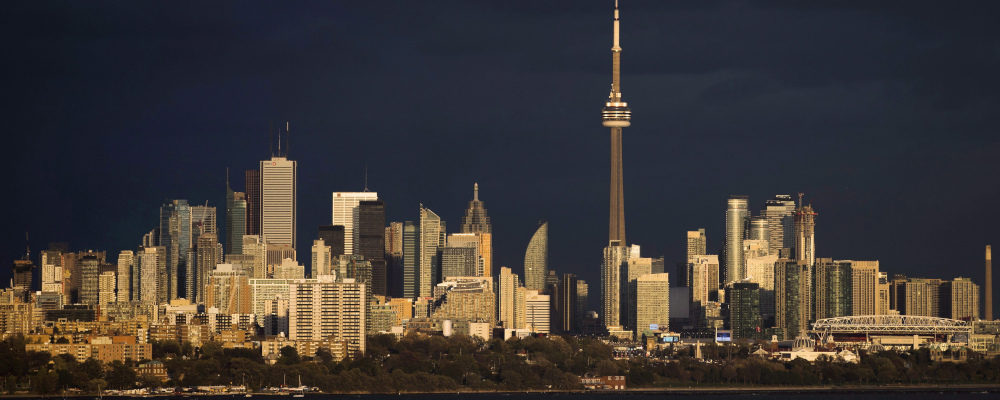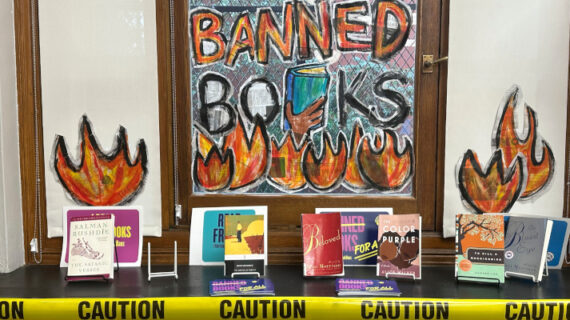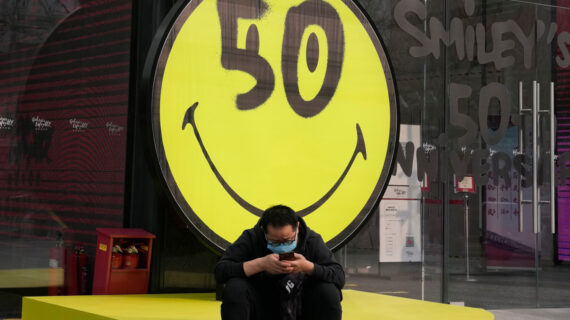As we approach the 154th anniversary of Confederation, we are reminded of the great promise of the New World to those who made the perilous journey — often indentured servants, religious minorities fleeing persecution, those escaping poverty and strife, and people from all walks of life seeking opportunity, freedom, and equality in a new land.
Conversely, and especially with the recent tragic revelations, we’re reminded of the people who first called Canada home and how they often suffered at the hands of new arrivals, through the spread of disease that decimated populations, conflict, cultural assimilation and oppression.
Tensions in the history of colonization and migration reflects the perennial challenge of reconciling unity with diversity, and opportunity and freedom with equality and the nurturing of community and close ties. Today, we live in a pluralistic society, which affords opportunity, freedom and tolerance, but struggles with unity, collective purpose, common norms and culture, and the many fruits of community.
The time is therefore ripe to reflect on the fundamental values of a place like Canada, the political philosophy that underpins and gave rise to it, and the prospects for a future that looks everywhere to be increasingly marked by pluralism.
The Genesis of Classical Liberalism
Liberalism was a political philosophy for an era of emergent religious multiplicity — not pluralism — and proposed a bifurcated polity in reaction. In an England rent between Catholic and Protestant divisions, the solution was to adopt a neutral public realm, and allow for the expression of faith and individual beliefs in the private sphere.
Canada inherited this philosophy, but gradually became more multicultural as time went on. Many early newcomers to North America were indentured servants (upwards of two-thirds during the 17th and 18th century), persecuted religious minorities, and people from parts of Europe that were mired in difficulty. More recently, the Eastern and Southern Europeans who came to Canada were often given nothing more than a small amount of money at their port of arrival and had to make their way from there, arriving in urban centres and starting farming communities in the West with very few possessions and wealth to their name.
Today, Canada is no longer multicultural, rather it is “post-cultural.” There is such an emphasis on cultural diversity and flux that it is difficult for people to identify, let alone share common norms and practices, other than those that mark the ever-changing landscape of the eternal present — an evolving mix of pop culture and civil and social trends.
Fundamentally, Canadian culture is marked by tolerance and public expression of any number of cultures, so long as they are ‘liberal’, which is to say, they keep their practices and values somewhat private, and express themselves publicly with phrases, foods, fashions, and art, but not much more.
From the ‘Bifurcated’ to the ‘Pixelated’ Self
The default psychic condition of our time is not marked by a more neatly bifurcated individualism that splits its time between public and private values and allegiances, but is one that is pulled this way and that by numerous competing cultures, practices, beliefs, and values. It is a psyche that is fragmented and ‘dispersed’, write Jenna Silber Storey and Benjamin Storey in First Things:
“If the soul of the earnest Englishman was threatened with division, our souls are threatened with dispersion. His public square was dominated by two authorities who made conflicting claims on his allegiance rooted in law, Scripture, and tradition. Our public square resounds with a cacophony of rivals whose conflicts are not binary but chaotic, and whose claims on us are ever-shifting. If the earnest Englishman suffered from double vision, we suffer from something like the pixelated vision of the fly.”
We have multiple identities and allegiances that are fluid, often mutually exclusive and overlapping, creating public and private spheres that are no longer so neatly defined. This reality presents new challenges as well as opportunities.
For one thing, the intellectual framework, cultural values, and institutional arrangements that sustained the liberal order no coalesce in the same way they once did. In today’s pluralistic society, identities and boundaries shift at the drop of a dime. To be fluid — the ‘shape of water’ — is the order of the day. Of course, people are not meant for this, nor do they flourish in such circumstances. The tribalism and fundamentalist-zeal of progressive identitarians and right-wing reactionaries is on full display.
One reason why cities like Toronto, Montreal and Vancouver and countries like Canada, the United States, Australia and New Zealand are among the richest, most peaceful places in the world is because they are incredibly dynamic — although not necessarily in an unequivocally positive sense. There is constant churn and economic opportunity, new cultural products, fads and attractions to grab people’s attention. While this keeps us living together in close geographical proximity, we are often very far apart in terms of actual contact and connection. Without the distraction and immersion in the pursuit of social climbing and consumption, we would be faced with a slower life, in public and private spaces, doing more leisurely activities in which you brush shoulders with your neighbour. Were things to slow down and the gravy train of material abundance to stop, the differences would become stark. What unites us is a shared pursuit of individualism that makes little room for common ground. When events expose this superficial societal foundation, tensions can easily flare up, and conflicts arise.
The tendency to retreat into little bubbles has only become more common with increasingly rapid cultural change, migration flows, and the advent of technology that affords a perversely remote ‘connection’ to all parts of the world at the click of a button.
What kind of politics can sustain selves and groups of people that are so radically dispersed? What kind of social order can remove the tendency to schizophrenic behaviour that is so prevalent in our society today?
Where to from here?
In spite of these challenges, the changing landscape is also marked by opportunity. The explosion of migration and technology have opened up countless new points of contact, forums and opportunities in private spheres that the government and cultural institutions dominated by progressivism cannot hope to keep up with. Encouragingly, they afford opportunity for expression in new domains.
Second, Canada’s characteristic strengths are those of moderation and politeness, coming together in a unifying culture of decency, tolerance and respect. Going forward, it will be important to downplay identity differences in public policy and discourse, while affirming the similarities that cut across identity and cultural groups that can otherwise be a source of exclusion and harmful inequity.
Third, to balance the poles of unity and diversity in characteristically Canadian fashion, these competing approaches ought to meet in the middle by rethinking migration and civil society.
For instance, more moderate immigration goals with a plan incentivize settlement outside of the cities and thereby minimize culture group concentrations. This could be coupled with improvements to the processes for residency and citizenship applications, and the evaluation and validation of credentials. On the flip-side of the coin, we could look for new ways to enable Canadians to start families, through an admixture of approaches. A family-lens for decision-making — referenced here at the Hub by Sam Duncan — would be a good place to start as it is not even on the radar for many.
The balance between unity and diversity can best be found in civil society – that intermediary institution between government and the individual.
Governments could seek to delegate more responsibility for the environment and the social sphere to the local level through civil society funds. Civil society groups can perform aspects of public service more effectively than government entities, given their local perspective, and informal touch. Furthermore, they typically do so at lower, or sometimes no cost to the taxpayer.
By supporting civil society, we are better able to cultivate the behavioural changes needed to address these issues, in a way that spreads them outward from the bottom up.
Canada’s place in the world is changing. We continue to offer peace, order and good government, a national character that is polite, respectful, and moderate, and opportunity for people of all sorts to call this country home.
We should aim to tackle these problems with a genuine commitment to diversity within unity that uplifts rather than sow’s division, and aims at the common good by increasing opportunities across the board, where those opportunities are tailored to the unique interests and potential of every person.




